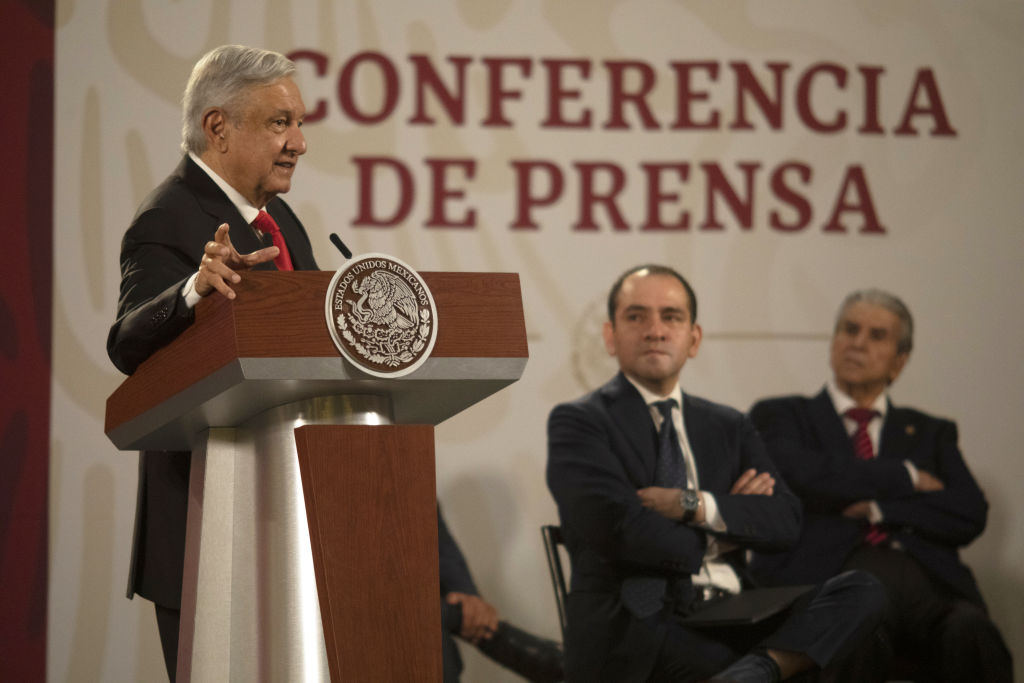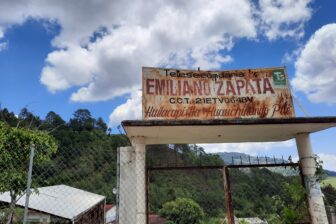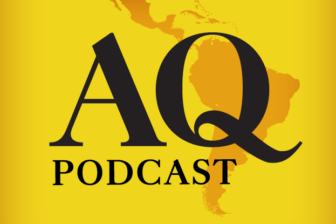MEXICO CITY – Over the last century, successive Mexican governments have struggled to deal with the enormous challenge of inequality. The 1917 Constitution, a product of the Mexican Revolution, was one of the world’s most progressive of the time – recognizing human rights and mandating education, housing, health and land reform. A series of structural reforms between the 1990s and 2010s later inserted Mexico into the global economy, turning the country into one of the top world manufacturing exporters as well as a growing recipient of foreign investment.
Despite such efforts, the wealth gap remains staggering. Today, the wealthiest 10% of Mexicans control 43% of the country’s total income, while the poorest 10% hold less than 2%. Mexicans have grown increasingly frustrated with the status quo – and in 2018 elected Andrés Manuel López Obrador, or AMLO as he is popularly known, as president with a strong mandate to try a new path.
The disappointment, lack of trust, apathy and skepticism felt by much of society was understandable. But many ignored the significant, if incomplete, improvements of the preceding years. According to World Bank and OECD data, inequality has been in constant decline in Mexico since the 1994-1995 currency crisis. Mexico was one of only three OECD countries (with Turkey and Chile) to see inequality decline during that period. A comparison between 2000 and 2018 by the National Council on Evaluation shows a significant closing of the gap in terms of access to primary social rights and services. The number of Mexicans without access to health care fell from 57 million to 20 million, as did the number of those without sewage systems (from 32 million to 7 million), water (from 19 million to 9 million) and electricity (from 10 to 0.5 million). The numbers are still too high, but progress is undeniable.
But instead of moving forward with what has worked and correcting deficiencies, the López Obrador administration seems mostly focused on polarization, particularly in promoting a narrative against corruption, impunity and “immoral privilege.” These enemies are surely real, present at different levels of government and intertwined with the participation or complacency of economic interests. But instead of battling them using the tools of a democratic state, supported by rule of law, institutions and an unbiased justice system, this government has tried to exact vengeance against historic “adversaries,” fueled by radical and divisive speech that draws attention away from its own policy blunders.
In this world, you are either a liberal or a conservative; with the government or against it; fifí (well-off and out of touch) or chairo (middle class and supportive of the administration’s change of course). This is the scheme under which the current government perceives itself and constructs its vision of the nation.
Unfortunately, this path is not improving our society’s disparities; in fact it is only worsening them. Even prior to the pandemic, Mexico’s economy was struggling with low growth and investment. GDP had been expected to expand by 2.5% in 2019, but ended up falling 0.3%; this year the economy is expected to contract by at least 9% (according to several forecasts), slightly worse than the Latin American average. Uncertainty over private investment – both domestic and international – has been a constant: AMLO’s cancellation of construction on a new international airport in Mexico City, and the postponement and cancellation of private investment plans in Pemex, clean energy projects, and by Constellation Brands, are only among the most notable.
Moreover, the government has insisted in shifting fiscal resources towards non-productive projects, such as a rescue package for Pemex (to compensate for losses close to $50 billion between 2019 and the first semester of 2020) without an accompanying business plan to make it viable in the medium and long term. There are also AMLO’s three fiscally unfeasible pet projects: the Santa Lucía airport, the Maya tourist train and the Dos Bocas refinery, all of which have been rejected by private partners.
This development matrix is bound to fail. Unless the government changes course, the Mexican economy will continue to struggle and economic and social divisions will likely get worse. History can be benevolent: a window of opportunity will always remain. A promising future is still an option for more than 130 million Mexican citizens. It is just a question of making the right policy changes. Will our politicians have the stature necessary to change their ways?
—
Rubio is a former senator in Mexico, and a former deputy minister for foreign affairs, social development and finance. Follow her on Twitter @VRubioMarquez









